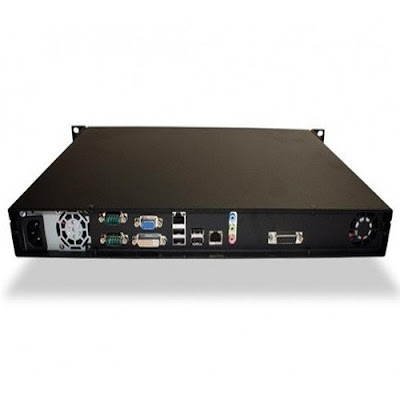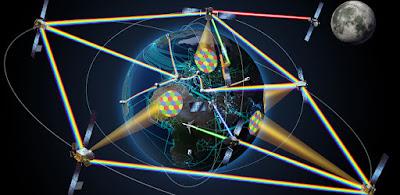Open source CRM software: Recent Short Introduction

Open source CRM Software Customer relationship management (CRM) software has become a key tool for businesses of all sizes to manage interactions with current and potential customers. While there are many paid proprietary CRM options on the market, open source CRM software provides a free or low-cost alternative for some businesses. Top Open Source CRM Options There are several open source CRM platforms that are widely used by businesses around the world. Here are some of the most popular ones: SugarCRM SugarCRM is one of the oldest and most full-featured open source CRM platforms. Some key features include contact management, calendar and activities tracking, customizability through an open API, and mobile compatibility. SugarCRM has an intuitive drag-and-drop interface and tools for customizing fields, screens, and workflows. It offers both self-hosted and SaaS options. vTiger CRM vTiger CRM is another full-featured platform with modules for managing contacts, accounts, leads, i






